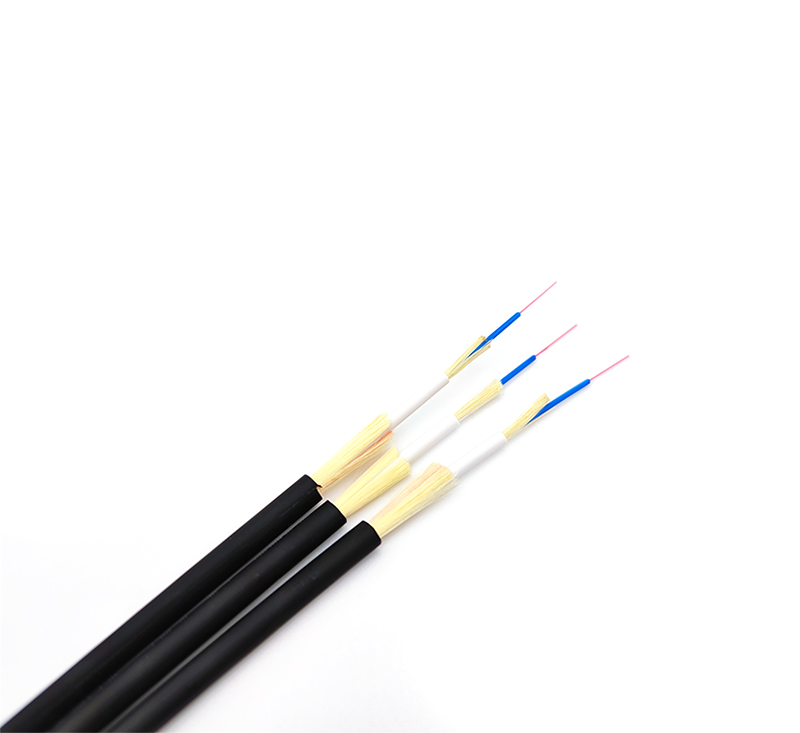The laying of submarine cables is a long and expensive project
99% of international data is transmitted through submarine communication cables. Undersea cables run hundreds of thousands of miles in length, some as deep as Mount Everest. Submarine cables are laid by laying vessels, and the laying process does not simply sink the anvil-fixed cable into the ocean floor. Typically, fiber optic cables must pass through the flat surface of the ocean floor, and the laying process must be done carefully, avoiding coral reefs, shipwrecks, fish habitats, and other ecological habitats and common obstacles.

The diameter of the optical cable laid in shallow water is equivalent to that of canned soda water, and the diameter of the optical cable in the deep sea is smaller, about the same as a magic pen. Since the number of fiber optic cables laid to 8,000 feet (about 2,440 meters) to the sea floor is not large, there is no need to use too many galvanized shielded wires. Optical cables in shallow water are buried under the seabed with the help of high-pressure water jets. The cost of laying a submarine cable with a span of 1 mile depends on the total length and destination of the cable, and the cost of laying a transoceanic cable can reach hundreds of millions of dollars.
Sharks like to bite submarine cables
Sharks like to bite submarine optical cables. There are various reasons for this. Some say it has something to do with electromagnetic fields. Whatever the reason, it's an indisputable fact that sharks bite fiber optic cables, sometimes disrupting Internet communications. To combat this, companies like Google have taken precautions for their fiber optic cables by using shark-resistant foreskins.
Submarine cables are as fragile as underground cables
It seems that every few years, the bulldozers of construction workers will inadvertently dig up the optical cable, causing the network to disconnect. Although there is no construction machinery in the ocean to damage optical cables, there are many threats. In addition to sharks, submarine cables are also threatened by anchors, fishing trawls and natural disasters. A Toronto-based company has proposed laying a fiber-optic cable across the North Pole, linking Tokyo and London. Until now, such a vision was impossible, but with the ice caps melting due to climate change, the idea of laying such a fiber optic cable could become a reality with deep pockets.
Connecting the world via submarine cables is not a new idea
In 1854, the first transoceanic telegraph cable was laid, connecting Newfoundland and Ireland, and 4 years later the first telegram was sent, which read "Whitehouse received a signal lasting 5 minutes, the coil signal too weak to transmit. Please be slow and regular. I have the middle pulley installed." Whitehouse in the telegram was referring to
It was Waldman Whitehouse, chief electrical technician of the Atlantic Telegraph Company. In the 4 years that this telegraph cable was laid, Charles Dickens was still writing novels, Walt Whitman published Leaves of Grass, Dallas was officially part of Texas, and U.S. Senate candidate Lincoln Delivered the "Divided House" speech.
Intelligence agencies like to eavesdrop on submarine cables
At the height of the Cold War, the Soviet Union often transmitted simply encrypted signals between its two main naval bases. Soviet officials at the time thought deep encryption was cumbersome and an unnecessary excess, because the two bases were connected by an undersea fiber optic cable through the sensor-strewn Soviet territorial waters, and the Americans couldn't risk igniting a third world. Risk of war damages fiber optic cables. In addition, they did not believe that the USS Halibut submarine could break through the surveillance of Soviet defense forces. However, it was this American submarine they ignored that found the fiber optic cable and installed a huge burglar that sent back the collected information once a month. The operation was dubbed "The Bells of the Ivy". Later, Ronald Pelton, a former NSA analyst, sold intelligence to the Soviet Union, revealing the secrets of the "Ivy Bell" operation. Eavesdropping on submarine cables is now a "standard practice" for intelligence agencies.
Multinational governments plan to let fiber optic cables bypass the United States to prevent eavesdropping
The United States has a huge advantage in electronic espionage. U.S. scientists, engineers, and businesses have played an important role in inventing and building the world's communications infrastructure. Large data lines often cross U.S. borders and seas, making it easier for Americans to eavesdrop. Many countries were outraged at how badly U.S. intelligence agencies had intercepted foreign data after former NSA employee Edward Snowden exposed classified documents. Now, some countries are rethinking internet infrastructure. Brazil has launched a plan to lay a communication cable to Portugal that not only bypasses the United States, but also deliberately excludes American companies from the plan.










